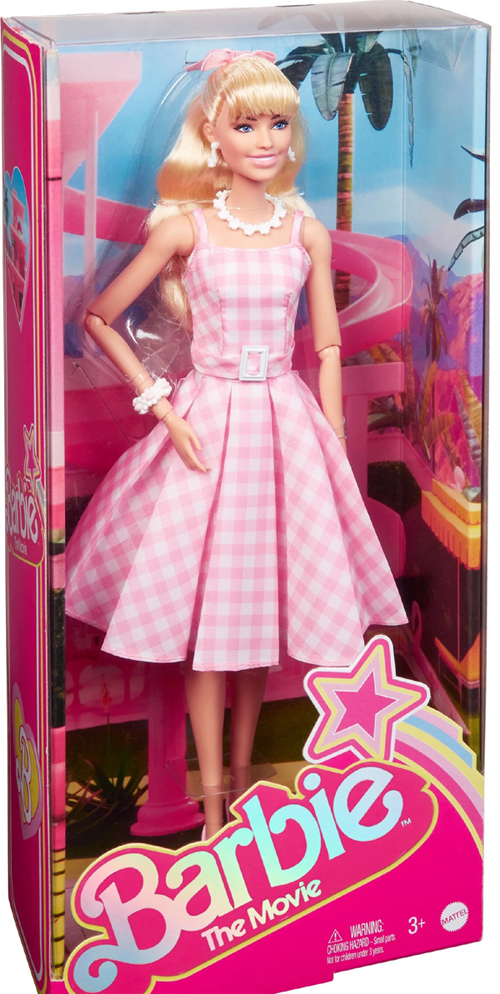For over six decades, Barbie dolls have remained one of the most beloved and recognizable toys in the world. With endless outfits, careers, and adventures, Barbie has inspired generations of children to dream big, express creativity, and explore different roles. But what makes Barbie such a timeless icon? Let’s take a deep dive into the history, evolution, and cultural impact of Barbie dolls.
Table of Contents
The History of Barbie Dolls
Barbie made her debut in 1959, revolutionizing the toy industry by offering a fashionable, adult-like doll rather than the traditional baby dolls. Over the years, Barbie has evolved with changing trends, introducing diverse dolls with different body types, skin tones, and careers, making her more inclusive and representative of the world today.
Why Are Barbie Dolls So Popular?
Barbie’s enduring popularity can be attributed to a few key factors:
- Endless Possibilities – Barbie isn’t just a doll; she’s a fashion designer, astronaut, doctor, pilot, artist, and so much more. She encourages kids to explore different career paths and interests.
- Fashion & Accessories – From glamorous gowns to casual streetwear, Barbie’s ever-changing wardrobe keeps her exciting and trendy.
- Creativity & Storytelling – Whether playing alone or with friends, children use Barbie to create their own stories, adventures, and characters, promoting imaginative play.
- Diversity & Representation – Over the years, Barbie has expanded to include different ethnicities, body types, abilities, and unique styles, ensuring every child can find a doll they relate to.

The Evolution of Barbie Dolls
Throughout the years, Barbie has adapted to reflect modern values and social progress. Some of the biggest milestones in Barbie’s history include :
- 1960s-1980s – Barbie became a career woman, introducing dolls representing different professions like nurses, athletes, and flight attendants.
- 1990s-2000s – More diversity was introduced, with Barbie dolls showcasing different skin tones and facial features.
- 2010s-Present – Barbie expanded her range with different body types (petite, tall, curvy) and dolls with disabilities, such as wheelchair Barbie and Barbie with a prosthetic limb.
Pros and Cons of Barbie Dolls
Pros :
- Encourages Creativity & Imagination – Kids can create stories, dress up Barbie in different outfits, and explore different roles.
- Diverse & Inclusive – A wide range of dolls representing different races, cultures, and body types allows every child to feel seen.
- Teaches Life Skills – From fashion design to storytelling and role-playing, Barbie fosters skills that help children express themselves.
- Inspires Ambition – Barbie has held over 200 careers, inspiring young minds to dream big and believe they can be anything.
- Collectible Value – Many Barbie dolls, especially limited-edition or vintage models, become collector’s items with high value over time.
Cons :
- Costly Over Time – Buying multiple dolls, outfits, and accessories can become expensive for parents.
- Unrealistic Beauty Standards (Historically) – Older Barbie dolls promoted an unrealistic body image, but this has improved with newer, more inclusive designs.
- Small Accessories Can Be Lost Easily – Barbie’s tiny shoes, handbags, and other accessories are easy to misplace.
Final Thoughts: Is Barbie Still Relevant Today?
Absolutely! Barbie remains a powerful symbol of creativity, empowerment, and self-expression. With continuous updates to keep up with modern values, Barbie is more inclusive and inspiring than ever. Whether as a playtime favorite or a collectible piece, Barbie continues to hold a special place in the hearts of kids and adults alike.
